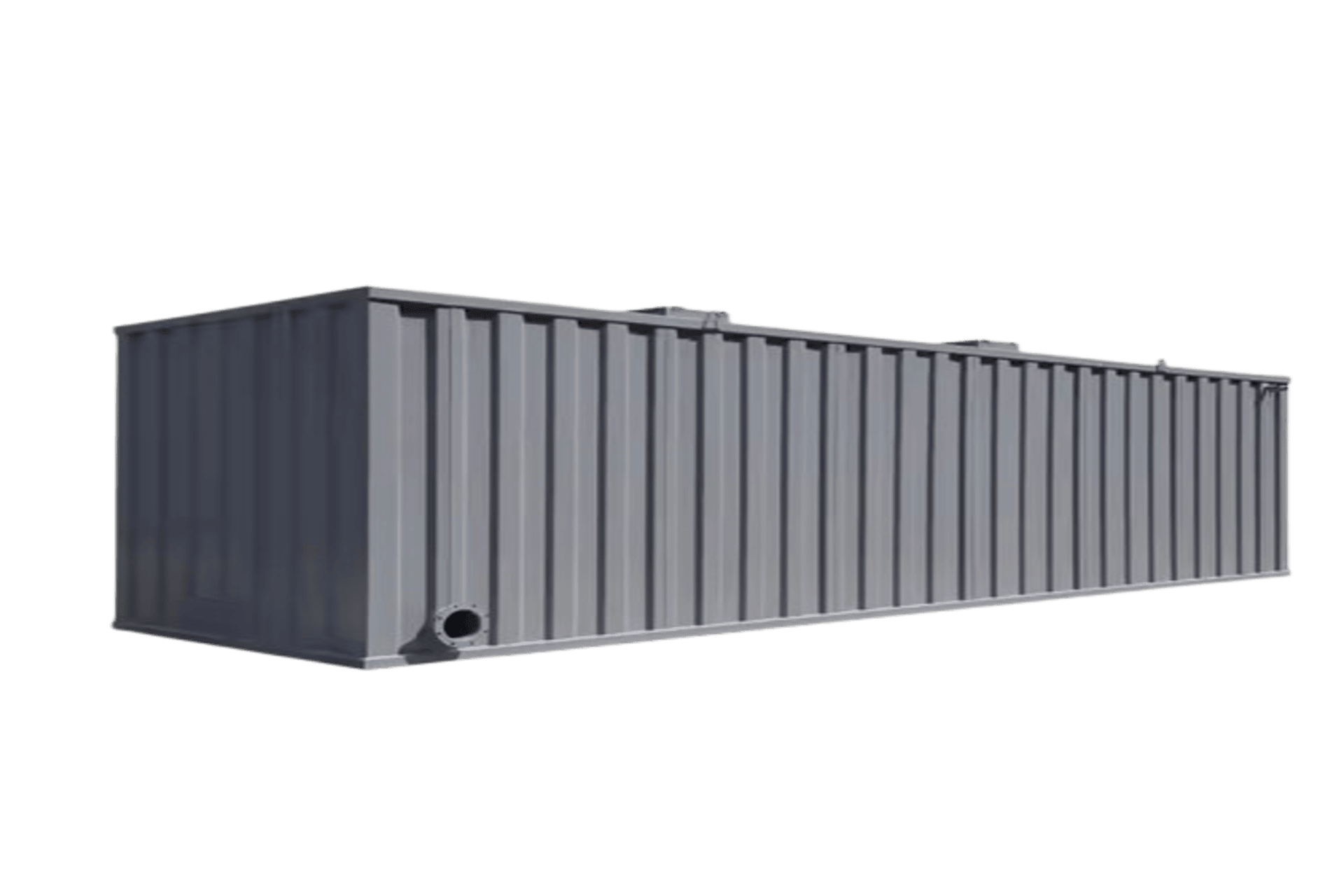Sewage treatment systems are essential for managing and processing wastewater from residential, industrial, and commercial sources. These systems are designed to remove contaminants and pollutants from sewage, ensuring that water released back into the environment is clean and safe. The treatment process helps protect public health, conserve water resources, and reduce environmental pollution.
Primary Treatment Primary treatment is the first stage of sewage treatment, where large solids and debris are removed from the wastewater. During this stage, sewage is passed through screens or sedimentation tanks, where heavier particles settle at the bottom, and floating materials are skimmed off. This process eliminates about 50-70% of suspended solids and a portion of organic matter.
Secondary Treatment Secondary treatment focuses on further purifying wastewater by using biological processes. It typically involves microorganisms that break down organic matter in the water. The most common method is activated sludge, where air is pumped into the wastewater, allowing bacteria and microorganisms to consume the organic pollutants. This stage can remove up to 90% of the organic material, making the water much cleaner.
Tertiary Treatment Tertiary treatment is the final stage of sewage treatment, which targets specific contaminants that were not removed during primary and secondary treatments. Methods such as filtration, chemical treatment, and disinfection (using chlorine or ultraviolet light) are employed to remove remaining impurities, nutrients (like nitrogen and phosphorus), and pathogens. This stage ensures that the treated water is of the highest quality.
Disposal and Reuse After treatment, the treated water may be discharged into rivers, lakes, or oceans or, in some cases, reused for agricultural, industrial, or even potable purposes. Advanced sewage treatment systems play a crucial role in safeguarding water resources and promoting sustainable water management.

